
Eagle Feathers #247 – They Were There
By Bob (Monty) Doherty
Thirty-seven of today’s United States were not involved in our eight-year Revolutionary War because they didn’t exist at that time. The fortitude of those original colonies forged the existence of those who followed and allowed them to enjoy our bountiful country today. Only thirteen experienced it. Massachusetts was the first. After victory, their hard-fought seeds of freedom were spread from coast to coast.
- September 1, 1774 – The hostilities began in today’s Somerville (once part of Charlestown) with the British seizure of 240 half-barrels of Colonial Gunpowder. The 260-troop landing was at today’s Assembly Square on the Mystic’s shore. This was before these soldiers marched on to the Powder House and was the actual beginning of the Revolutionary War. This action brought thousands of Minutemen to arms the following day and is thought to be a miracle that it ended without bloodshed. It was the first hostile act of the Revolution; and because calm prevailed, violence was averted until eight months later at Lexington.
*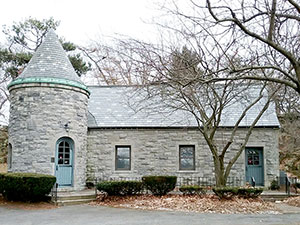 *
*
- April 18, 1775 – Paul Revere evaded capture by the British Cavalry in Somerville and rode on to complete his ride to Lexington.
*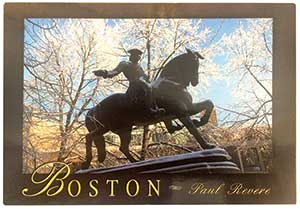 *
*
- April 19, 1775 – The day-long battle of Lexington and Concord was fought through Somerville and ended at Charlestown’s Neck. The last Patriot casualty was Somerville’s sixty-five-year-old James Miller who was killed by the British at the base of Prospect Hill and whose memorable last words were, “I’m too old to run.”
*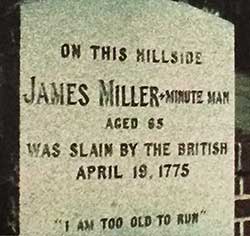 *
*
- May 27-28, 1775 – This was known as the Battle of Chelsea Creek. Americans blew up the British schooner H.M.S. Diana and disabled an accompanying sloop. They took Diana’s main mast to Somerville’s Prospect Hill where it was later used to fly the first flag of the United Colonies, the Grand Union Flag.
*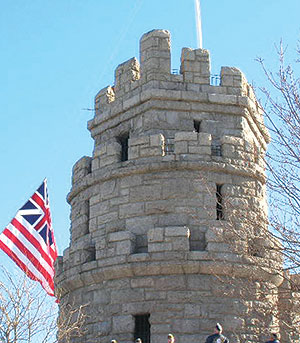 *
*
- June 17, 1775 – The Battle of Bunker Hill ended at Winter Hill. It was the first major and bloodiest battle of the Revolution and claimed 1,058 British and 450 American casualties.
*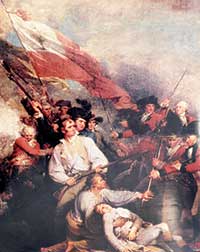 *
*
- January 1, 1776 – In the presence of General Washington on Prospect Hill, the new flag of the United Colonies was unfurled in defiance to the British. This was also the commencement day of the Continental Army.
*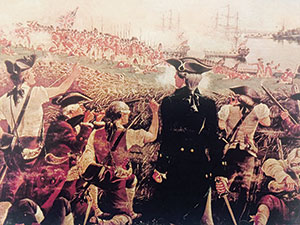 *
*
- February, 1776 – Colonel Henry Knox delivered fifty captured Ticonderoga cannons to the American Army. Many were positioned at forts in Somerville, and the roar of their cannons and mortars helped end the 11-month Boston siege.
- October 17, 1777 – British General John Burgoyne’s Army surrendered at the Battle of Saratoga. His army consisted of British, Hessians, Canadians and Tories.
- November 7, 1777 – Forty-two hundred prisoners (2,300 English and 1,900 German/Hessians) were brought to Somerville. They were guarded here for the next year under American General William Heath and his soldiers, until they were moved inland. Winter Hill’s Heath Street bears his name.
*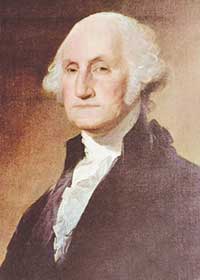 *
*
- October 19, 1781 – The Revolution lasted eight long years and ended in Yorktown, Virginia. For the war’s first four years, Somerville suffered more than most locations. It had experienced firsthand the Powder House raid, Paul Revere’s alarm, the ongoing Battle of Lexington, the digging of seven fortresses into her grounds, the Battle of Bunker Hill, the Siege of Boston, and the one-year-long imprisonment of the captured British/Hessian Army on her soil. To our Patriots, the imposition was worthwhile as long as the Flag of the United Colonies on Prospect Hill and those that followed still waved.

 *
* *
* *
* *
* *
* *
* *
*
Reader Comments